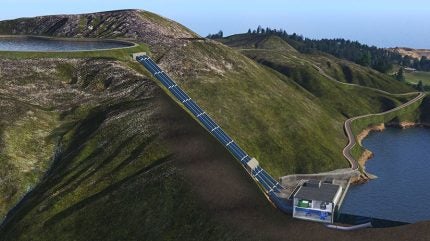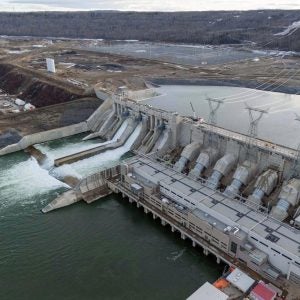
The National Renewable Energy Laboratory (NREL) has introduced a new tool designed to help developers and operators of closed-loop pumped storage hydropower (PSH) facilities estimate the greenhouse gas emissions generated over the lifetime of these projects.
This tool, the Pumped Storage Hydropower Life Cycle Assessment, provides a way for users to assess emissions from the construction and operation of PSH systems. These emissions can arise from factors such as the use of diesel-powered construction equipment, materials like concrete and steel, and the electricity mix used to power the system.
In 2023, NREL researchers found that PSH had the lowest greenhouse gas emissions compared to four other energy storage technologies: compressed-air energy storage, utility-scale lithium-ion batteries, lead-acid batteries, and vanadium redox flow batteries. PSH’s low emissions profile highlights its potential role in supporting renewable energy generation from sources like solar and wind.
The new tool allows users to input site-specific details such as reservoir volume, dam dimensions, turbine capacity, and transmission line length. The goal is to help developers identify configurations that minimize emissions. Users can compare different scenarios and view emissions breakdowns by component, material, and life cycle phase.
“The tool’s ultimate goal is to show how pumped storage hydropower can contribute to overall greenhouse gas emissions reductions and make the clean energy transition as clean as possible,” said NREL’s Stuart Cohen.
The US Department of Energy’s Water Power Technologies Office supported the development of the tool.






